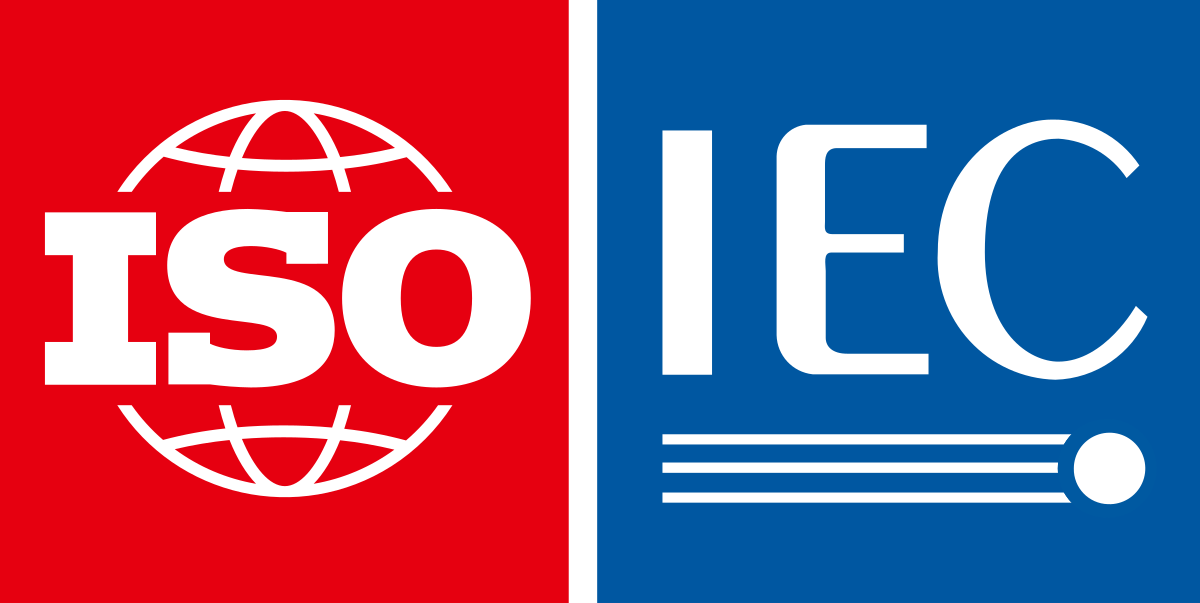What's the Best Ad Format for My Industry?
Discover which advertising formats work best for different industries and business types.
Choosing the Right Ad Format
With so many advertising options available today, choosing the right ad format for your business can feel overwhelming. The truth is, there's no one-size-fits-all answer—the best ad format depends on your industry, audience, goals, and what you're selling.
Making the right choice can dramatically improve your advertising performance and ROI. Let's explore the major ad formats and which industries they work best for.
Major Ad Formats: Strengths and Weaknesses
First, let's understand the key characteristics of each major ad format:
Search Ads
Text-based ads that appear in search engine results
Best For:
- High-intent purchases
- Service businesses
- B2B lead generation
Key Platforms:
- Google Ads
- Bing Ads
Strengths:
- Captures active demand
- High conversion intent
- Keyword targeting
Weaknesses:
- Limited visual appeal
- Competitive keywords can be expensive
- Requires existing demand
Display/Banner Ads
Visual ads that appear on websites and apps
Best For:
- Brand awareness
- Retargeting
- Visual products
Key Platforms:
- Google Display Network
- Meta Audience Network
- Programmatic platforms
Strengths:
- Wide reach
- Visual storytelling
- Relatively low cost
Weaknesses:
- Banner blindness
- Lower click-through rates
- Ad blockers
Video Ads
Motion-based ads on video platforms and social media
Best For:
- Emotional storytelling
- Product demonstrations
- Complex value propositions
Key Platforms:
- YouTube
- TikTok
- Instagram Reels
Strengths:
- High engagement
- Memorable impact
- Demonstration capability
Weaknesses:
- Higher production costs
- Skippable formats
- Attention span challenges
Shopping Ads
Product-focused ads with images, prices, and details
Best For:
- E-commerce
- Retail
- Products with visual appeal
Key Platforms:
- Google Shopping
- Facebook/Instagram Shops
- Pinterest Shopping
Strengths:
- Direct product visibility
- Price comparison
- High purchase intent
Weaknesses:
- Product-focused only
- Requires product feed
- Highly competitive
Social Media Ads
Native ads that appear in social media feeds
Best For:
- Community building
- Lifestyle products
- B2C brands
Key Platforms:
- TikTok
Strengths:
- Precise targeting
- Native experience
- Engagement opportunities
Weaknesses:
- Platform-dependent performance
- Algorithm changes
- Ad fatigue
Industry-Specific Recommendations
Different industries have unique characteristics that make certain ad formats more effective. Here are tailored recommendations for common industries:
E-commerce
Primary Ad Formats:
- Shopping Ads
- Dynamic Retargeting
- Social Media Ads
Secondary Ad Formats:
- Search Ads
- Video Ads
Recommended Strategy:
Showcase products visually while capturing high-intent searches
Suggested Budget Split:
40% Shopping, 30% Social, 20% Search, 10% Video
B2B Services
Primary Ad Formats:
- Search Ads
- LinkedIn Ads
- Content Promotion
Secondary Ad Formats:
- Retargeting
- Video Ads
Recommended Strategy:
Focus on capturing intent and building credibility through thought leadership
Suggested Budget Split:
40% Search, 30% LinkedIn, 20% Content, 10% Retargeting
Local Services
Primary Ad Formats:
- Local Search Ads
- Google Maps Ads
- Facebook Local Ads
Secondary Ad Formats:
- Display Ads
- Nextdoor Ads
Recommended Strategy:
Maximize visibility in local searches and community platforms
Suggested Budget Split:
50% Local Search, 30% Social, 20% Display
SaaS
Primary Ad Formats:
- Search Ads
- Content Promotion
- YouTube Ads
Secondary Ad Formats:
- LinkedIn Ads
- Retargeting
Recommended Strategy:
Educate about solutions while capturing high-intent searches
Suggested Budget Split:
35% Search, 25% Content, 20% Video, 20% LinkedIn/Retargeting
Real Estate
Primary Ad Formats:
- Property Listing Ads
- Facebook/Instagram Ads
- Search Ads
Secondary Ad Formats:
- Video Tours
- Display Ads
Recommended Strategy:
Showcase properties visually while capturing active buyers through search
Suggested Budget Split:
40% Listing Ads, 30% Social, 20% Search, 10% Video
Healthcare
Primary Ad Formats:
- Search Ads
- Native Content
- Social Media Ads
Secondary Ad Formats:
- Video Ads
- Display Ads
Recommended Strategy:
Build trust through educational content while capturing high-intent searches
Suggested Budget Split:
40% Search, 30% Content, 20% Social, 10% Display
Beyond Industry: Other Factors to Consider
While industry is important, other factors also influence which ad formats will work best for your business:
| Factor | Low End | High End |
|---|---|---|
| Purchase Complexity | Shopping ads, short-form social ads | Video ads, content marketing, longer-form ads |
| Visual Appeal | Search ads, text-based formats | Instagram/Pinterest ads, video ads, shopping ads |
| Purchase Urgency | Brand awareness videos, content marketing | Search ads, shopping ads, retargeting |
| Target Audience Age | TikTok, Instagram, Snapchat, YouTube | Facebook, Search ads, Display ads |
| Price Point | Shopping ads, social media ads | Content marketing, video ads, search ads |
Testing and Optimization
While these recommendations provide a starting point, the most effective approach is to test multiple formats and let the data guide your decisions:
Implementing a Testing Framework
- Start with 2-3 formats most relevant to your industry
- Allocate test budget (typically 10-20% of total ad spend)
- Create comparable campaigns across formats
- Run tests for at least 2-4 weeks to gather sufficient data
- Analyze performance based on your primary KPIs
- Scale successful formats and refine or replace underperforming ones
Key Performance Indicators by Goal
- Brand awareness: Reach, impressions, video views, brand lift
- Engagement: Click-through rate, engagement rate, time on site
- Lead generation: Cost per lead, lead quality, conversion rate
- Sales: ROAS, conversion rate, cost per acquisition
Multi-Format Strategy: The Winning Approach
For most businesses, the most effective strategy isn't choosing a single ad format, but using multiple formats strategically throughout the customer journey:
Awareness Stage
- Video ads for storytelling and emotional connection
- Social media ads for reach and engagement
- Display ads for broad visibility
Consideration Stage
- Search ads for capturing research-phase queries
- Content promotion for education and trust-building
- Social proof ads featuring testimonials and reviews
Decision Stage
- Shopping ads for product-specific searches
- Retargeting ads for previous site visitors
- Promotion-focused ads to drive immediate action
The Bottom Line
The best ad format for your industry isn't a one-size-fits-all solution. It depends on your specific business goals, target audience, product or service characteristics, and where your customers are in their buying journey.
Start with the recommendations for your industry, but be prepared to test and adapt based on your results. Often, the most effective advertising strategy uses multiple formats working together to guide customers from awareness to purchase.
Remember that advertising platforms and formats continue to evolve. Stay flexible and keep testing new approaches to find what works best for your specific business situation.



